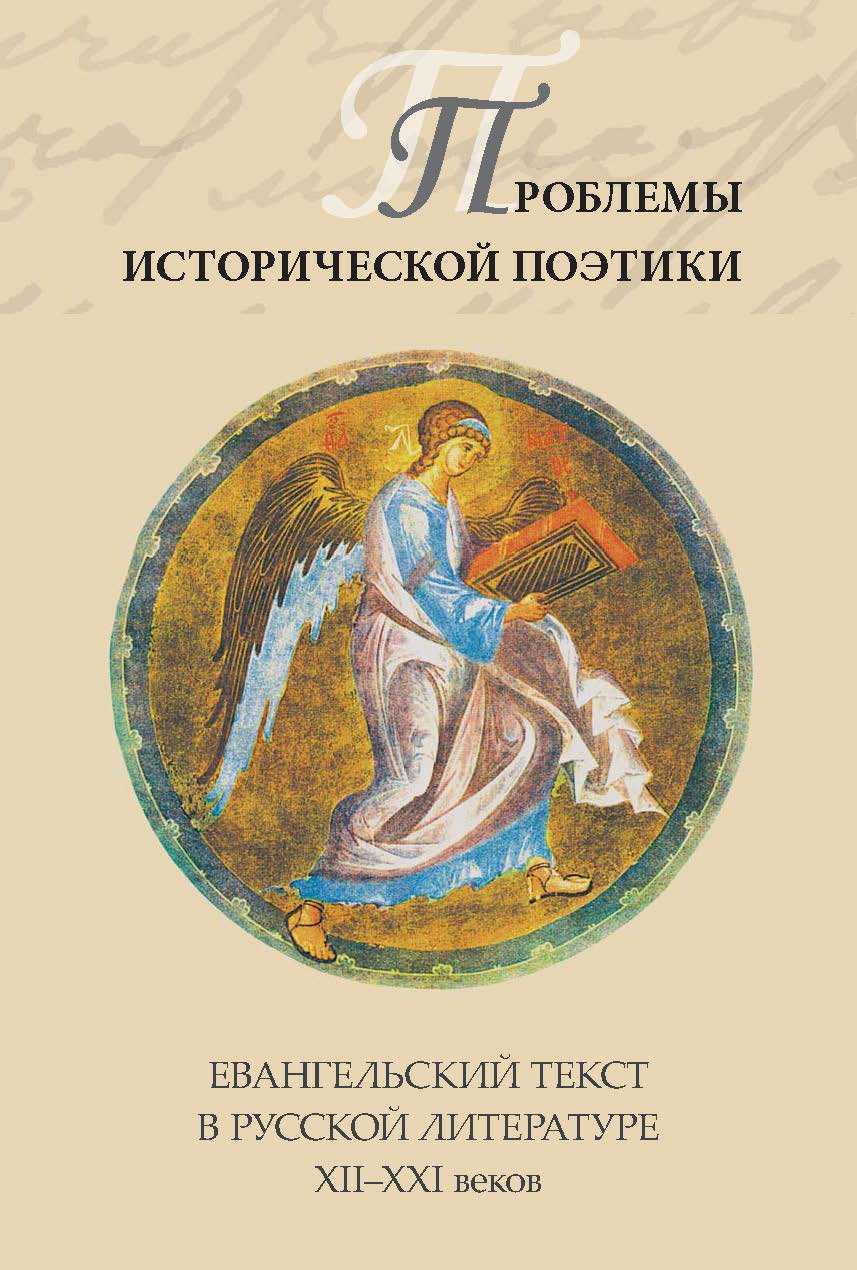БИБЛЕЙСКИЕ СЮЖЕТЫ В ОСМЫСЛЕНИИ ПЕЧОРСКОГО КНИЖНИКА XIX ВЕКА И. С. МЯНДИНА
BIBLICAL MOTIFS IN THE UNDERSTANDING THE MANUSCRIPTS OF A SCRIBE FROM PECHORA I. S. MYANDIN
Author(s): Tatyana VolkovaSubject(s): Language and Literature Studies, Literary Texts
Published by: Петрозаводский государственный университет
Keywords: Old Believers reductions of chronographic legends of the Old Testament heroes; Pechora manuscript tradition
Summary/Abstract: he paper offers a survey of manuscripts of a peasant, Old Believer and knizhnik I. S. Miandin (1823-1894, Ust'-Tsilma, Komi Republic) from the Old Manuscript Division of the IRLI (Institute of Russian Literature of the Russian Academy of Science or Pushkinskiy Dom). Knizhnik, in the Russian tradition, is a scribe, who also can recite from memory the Scripture texts and the patristic tradition. Miandin left his recapitulations of the Old Believers literary tradition. He left few compilations, transcribed a number of Old Russian texts of various genres. In four convolutes, he collected Biblical stories taken from chronographs. Most of Miandin's stories recapitulate the Old Testament texts, but there are also legends from the early Christian history (e.g., The Story of Emperor Constantine and His Mother Helen). His major source was, in all probability, the copy of the Chronograph from the Old Believers tradition which he had in his possession (he lent it to a writer S. V. Maksimov and never received it back). The whereabouts of the Chronographer are not known. Some of the stories were significantly reworked by Miandin in comparison with the chronographic version. Among those there are the stories of Joseph the Beautiful, King Solomon and Judith. The study of Miandin's manuscripts demonstrates that the first stage of his work is reflected in the IRLI reduction (Ust'-Tsil'ma collection no.267), the second - idem, no.66, the third RNB NSRK O.100. The Biblical protagonists were interpreted according to the understanding of life by Pechora peasants. The peripeteias were taken with empathy as if they were concerned people next door. This attitude compelled the narrator to seek, from one version to another, the most convincing motivations for the action of the heroes.
Journal: Проблемы исторической поэтики
- Issue Year: 12/2014
- Issue No: 1
- Page Range: 92-111
- Page Count: 19
- Language: English, Russian, Old Slavonic

